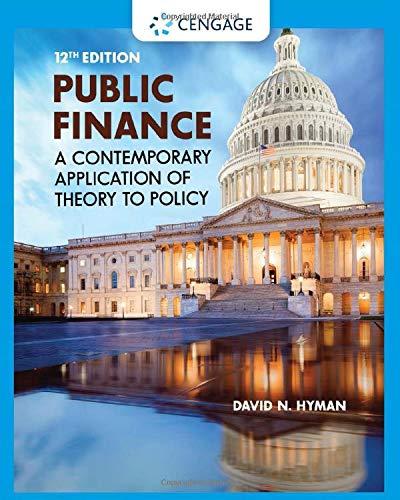Answered step by step
Verified Expert Solution
Question
1 Approved Answer
For Term Project I, please read the following mini - case and ask the corresponding questions. Submit your answers in a Word document to the
For Term Project I, please read the following minicase and ask the corresponding questions. Submit your answers in a Word document to the dropbox folder. Your submission should be to pages in length. You should also include at least peer reviewed sources.
Karen Johnson, CFO for Raucous Roasters RR a specialty coffee manufacturer, is rethinking her companys working capital policy in light of a recent scare she faced when RRs corporate banker, citing a nationwide credit crunch, balked at renewing RRs line of credit. Had the line of credit not been renewed, RR would not have been able to make payroll, potentially forcing the company out of business. Although the line of credit was ultimately renewed, the scare has forced Johnson to examine carefully each component of RRs working capital to make sure it is needed, with the goal of determining whether the line of credit can be eliminated entirely. In addition to possibly freeing RR from the need for a line of credit, Johnson is well aware that reducing working capital will improve free cash flow.
Historically, RR has done little to examine working capital, mainly because of poor communication among business functions. In the past, the production manager resisted Johnsons efforts to question his holdings of raw materials, the marketing manager resisted questions about finished goods, the sales staff resisted questions about credit policy which affects accounts receivable and the treasurer did not want to talk about the cash and securities balances. However, with the recent credit scare, this resistance became unacceptable and Johnson has undertaken a companywide examination of cash, marketable securities inventory, and accounts receivable levels.
Johnson also knows that decisions about working capital cannot be made in a vacuum. For example, if inventories could be lowered without adversely affecting operations, then less capital would be required, and free cash flow would increase. However, lower raw materials inventories might lead to production slowdowns and higher costs, and lower finished goods inventories might lead to stockouts and loss of sales. So before inventories are changed, it will be necessary to study operating as well as financial effects. The situation is the same with regard to cash and receivables. Johnson has begun her investigation by collecting the ratios shown below.
RR Industry
Current
Quick
Total liabilitiesassets
Turnover of cash and securities
Days sales outstanding day basis
Inventory turnover
Fixed assets turnover
Total assets turnover
Profit margin on sales
Return on equity ROE
Payables deferral period
Johnson plans to use the preceding ratios as the starting point for discussions with RRs operating team. Based on the data, does RR seem to be following a relaxed, moderate, or restricted current asset usage policy?
How can one distinguish between a relaxed but rational working capital policy and a situation in which a firm simply has excessive current assets because it is inefficient? Does RRs working capital policy seem appropriate?
Calculate the firms cash conversion cycle given annual sales are $ and cost of goods represent of sales. Assume a day year.
Is there any reason to think that RR may be holding too much inventory?
If RR reduces its inventory without adversely affecting sales, what effect should this have on free cash flow: in the short run and in the long run?
Step by Step Solution
There are 3 Steps involved in it
Step: 1

Get Instant Access to Expert-Tailored Solutions
See step-by-step solutions with expert insights and AI powered tools for academic success
Step: 2

Step: 3

Ace Your Homework with AI
Get the answers you need in no time with our AI-driven, step-by-step assistance
Get Started


